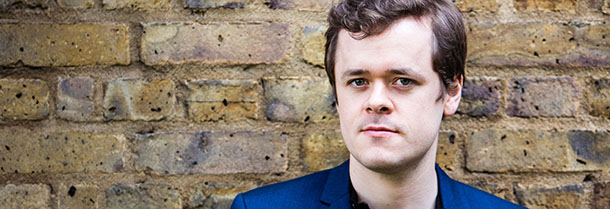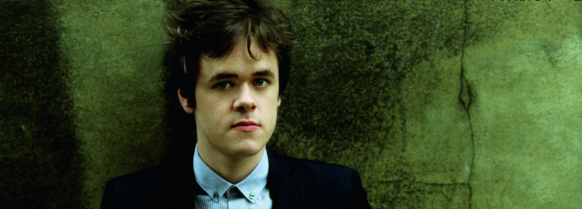Tag: Jean-Philippe Rameau
-

PROGRAM NOTES: BENJAMIN GROSVENOR
Jean-Philippe Rameau Gavotte and Variations in A minor The modern pianist seeking to play the Baroque harpsichord repertoire faces many obstacles, starting with the friendly fire of his own trusty Steinway itself, so different in sound from the perky little plucked-string sound box for which this music was originally written. A note on the harpsichord…
-

PROGRAM NOTES: BENJAMIN GROSVENOR
Jean-Philippe Rameau Gavotte and Variations in A minor The modern pianist seeking to play the Baroque harpsichord repertoire faces many obstacles, starting with the friendly fire of his own trusty Steinway itself, so different in sound from the perky little plucked-string sound box for which this music was originally written. A note on the harpsichord…
-

PROGRAM NOTES: EMANUEL AX
Georges Bizet Variations Chromatiques de concert For those that like to feather-dust humming the habanera from Carmen with a rose clenched between their teeth might be surprised to learn that Georges Bizet was not only an opera composer, but also a pianist. Anecdotal accounts of the period reveal that the keyboard skills of Georges Bizet…


